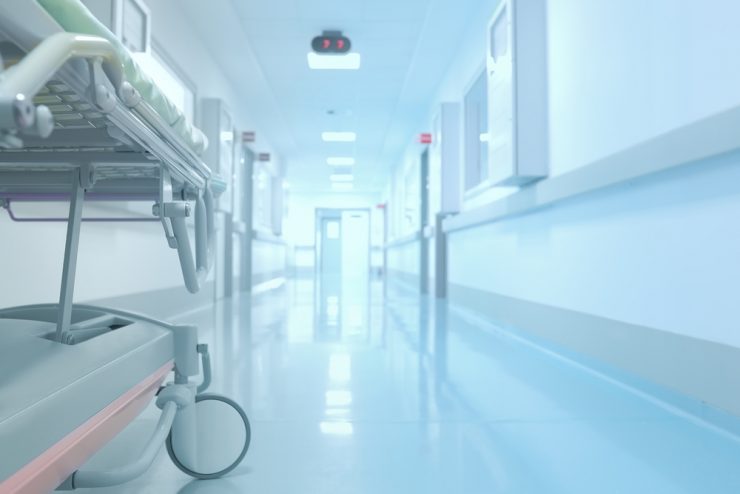Osteomyelitis is an infection of the bone or bone marrow usually caused by bacteria staphylococcus. It is chronic or acute and can occur irrespective of age.
Osteomylitis can be an outcome of infection in another body part or an injury which spreads the bacteria to the bone through the bloodstream. The bones of limbs (including tibia, fibula and femur) are often more affected. The other affected parts could be pelvis and vertebrae.
Conditions like diabetes can cause osteomyelitis in the bones of the feet and in the spine.
The infected bone has pus formation in it and if untreated it can develop into abscesses and make it difficult to treat.
Symptoms
The infection starts almost suddenly and has the below symptoms
- Fever and a general unwell feeling
- Acute pain around the affected bones
- Redness and inflammation of joints around the affected area.
- Weakness and exhaustion
- Nausea and sickness
- Severe pain in back and abdomen and sciatica if osteomyelitis occurs in the spine.
- Pus formation in the wound if ostemyelitis develops after breaking a bone.
Causes
Most often, it is abnormal multiplication of bacteria such as staphylococci, which causes infection. These bacteria travel from a boil or another infection or infected injury site (like a skin cut, broken bone or bone surgery) through the bloodstream to reach the bone.
Chances of developing infection increases with the below factors:
- Recent bone injury or break
- Any surgery involving bone
- Diabetes
- Removal of spleen
- Having a kidney dialysis
- Immuno-deficiency or disorder like HIV or sickle cell disorder
- Tuberculosis can cause osteomyelitis of the spine or vertebrae.
Diagnosis
Physical review by doctor for detecting inflammation, sensitivity and redness in an infection of the limbs or long bones is followed by a bone scan to reveal infected areas in the bone for confirmed diagnosis
Pain in pelvis area or the back bone can be due to various conditions and needs a bone scan to confirm presence of osteomyelitis.
Blood testing in the laboratory can help in identifying the infection causing bacteria.
If blood test is clear of bacteria, a needle aspiration test with a fluid sample from the abscess around the infected bone confirms the diagnosis
Biopsy of the bone lesion can also be done to detect the infection.
Treatment
Prompt treatment is important to completely cure the infection and to prevent it from developing into a chronic condition.
Antibiotics are prescribed immediately, in oral or intravenous forms. These need to be continued till the infection clears off completely.
In case an abscess has formed, a surgery needs to be done under general anaesthesia to drain out the pus.
In chronic or acute cases, dead or infected bone parts might have to be surgically incised to get rid of the infection. The removed bone part can be replaced by bone grafting to aid growth of fresh bone tissue. Plastic surgery might be needed to hide the wound.
There have been medical instances to show recovery from acute osteomyelitis when treated with antibiotics or surgery in combination with hyperbaric oxygen.
Complications
Chronic or acute cases might become difficult to treat.
Development of abscess in the bone and its neighboring tissues which causes an opening in the skin covering it which leaks pus coming from the bone.
Blood poisoning or septicaemia is another complication that can arise.
Infection caused due to MRSA has difficulty responding to antibiotic treatments.
If infection caused in case of bone surgery area like in a hip or knee replacement, the prosthesis and the tissue around it might have to be surgically removed to tackle the infection.
In rare and more severe cases, amputation of leg or foot might be the only treatment option, especially for diabetics or people having problems in blood circulation.










